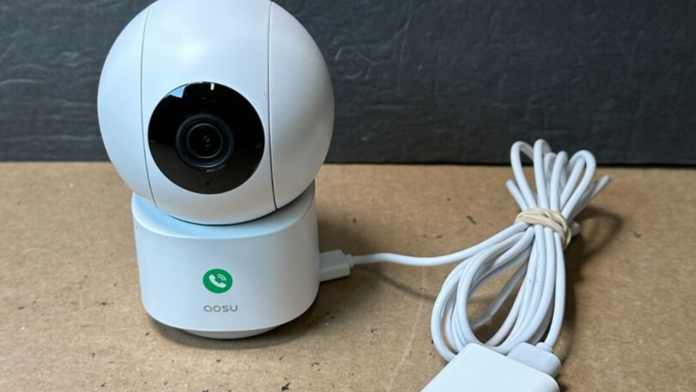Wireless security cameras represent a modern-day advancement in the surveillance era, imparting an array of features designed to enhance domestic and enterprise security. One of the standout capabilities of these cameras is their aid for imaginative and prescient monitoring, permitting monitoring in full-shade mode even in the course of nighttime hours. This selection ensures that users can seize clearer images and pictures, bearing in mind the better identity of subjects and incidents in low-mild conditions.
Moreover, wireless security cameras come equipped with an integrated garage, eliminating the need for external storage gadgets and simplifying the installation technique. For further details about these camera and security concerns, go now to aosulife.com. These cameras include storage capability to offer users convenient access to recorded pictures, improving the overall user experience.
Numerous Strategies to Ensure Security in Wireless Security Cameras
Wireless surveillance cameras have revolutionized surveillance, introducing convenience, adaptability, and remote checking abilities. However, issues regarding their security have emerged due to capacity vulnerabilities that would compromise privacy and record integrity. In this article, we delve into the security landscape of wireless security cameras, analyzing their strengths, weaknesses, and techniques to enhance their typical security.
Encryption Protocols
Encryption protocols, which include WPA2 or WPA3, are integral to securing communication among wireless security cameras and monitoring gadgets or networks. These protocols encrypt information transmissions, rendering them unreadable to unauthorized parties. However, the effectiveness of encryption depends on its implementation and the energy of the encryption keys used. Users ought to make certain that cameras and associated gadgets are configured to apply modern-day encryption standards and employ sturdy, precise encryption keys.
Password Security
Password security is fundamental to securing wireless security cameras. Manufacturers frequently provide default usernames and passwords, which should be modified immediately upon setup to prevent unauthorized access. Sturdy, particular passwords need to be used, and -element authentication (2FA) may be enabled for an additional layer of security. Ordinary password updates are encouraged to mitigate the hazard of password-based assaults.
Updates For firmware
Regular firmware refreshes are significant for tending to security weaknesses and further developing the general security posture of remote surveillance cameras. Manufacturers release updates to patch recognized vulnerabilities and improve device security. Customers must frequently check for updates and apply them directly to mitigate capacity risks. Computerized firmware updates can be enabled to make certain that cameras are usually running the most secure software programs.
Secure Configuration
The right configuration of wireless security cameras is essential for minimizing security dangers. This consists of disabling pointless functions, which include remote access to protocols that are not in use, and limiting get right of entry to administrative settings. Cameras need to be positioned at the back of firewalls and access control lists (ACLs) to prevent unauthorized access from outside networks. Default settings need to be reviewed and changed to align with security practices.
Network Segmentation
Segmenting the network to isolate wireless security cameras from other devices can improve security by restricting the attack surface. Developing a separate community specifically for surveillance gadgets prevents unauthorized access to touchy information and reduces the chance of lateral movement by way of attackers inside the network. VLANs or devoted subnets may be used to segregate camera traffic from other network traffic.
Secure Transmission
Ensuring comfortable transmission of statistics from wireless security cameras to monitoring devices or cloud storage is paramount. Using relaxed protocols together with HTTPS or SSL/TLS for record transmission encrypts the statistics in transit, shielding them from interception or tampering. Additionally, imposing give-up-to-give-up encryption similarly complements security via encrypting information from the camera to the storage destination, ensuring confidentiality and integrity in the course of the transmission process.
Physical Security
Physical security measures are frequently left out; they are vital for protecting wireless security cameras from tampering or theft. Cameras need to be established in places that are not easily handy to unauthorized people, and tamper-resistant enclosures may be used to shield them from vandalism or tampering attempts. Everyday inspections have to be performed to make certain that cameras are securely hooked up and free from physical damage.
Conclusion
At the same time, wireless security cameras offer numerous advantages, ensuring their security through proactive techniques and adherence to security practices. From encryption protocols and password security to firmware updates and community segmentation, more than one measure can be carried out to enhance the security of these gadgets. By staying vigilant against rising threats and implementing sturdy security features, customers can mitigate dangers and maintain the integrity of their surveillance systems.











